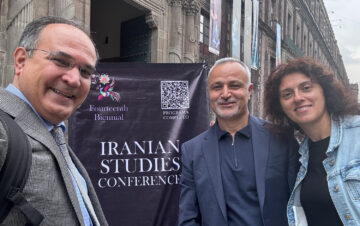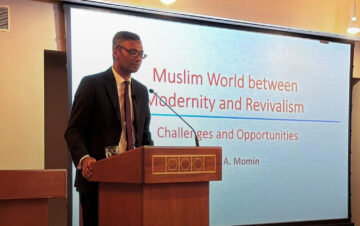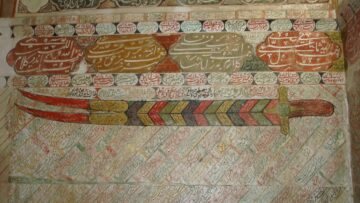Dr Nader El-Bizri delivered a talk on 14 April 2010 at the School of Architecture, Faculty of Art, Architecture and Design, at the University of Lincoln. This presentation was part of a faculty seminar organised by the East Midlands History and Philosophy of Architecture Network during its Spring Session 2010. This network of ‘architectural humanities’ is supported by a consortium of schools of architecture at British Universities in the East Midlands region, in order to foster advanced academic research in the domains of architectural history, theory and criticism.
His elucidation of these complex and co-entangled dimensions, which in most cases surpass the professional or disciplinary and intentional or conscious control of architects, was undertaken by way of advancing selected prolegomena (introductory ideas) towards rethinking the attributes of the dialectical relationships between culture and architecture, with their correlative conceptual bearings and signifiers. This investigation was furthermore set against the background of examining the limitations of the intercultural roles that architecture and its pedagogy may still effectively perform in the contemporary world. This is particularly due to the dominance of narrow fields of academic and professional architectural specialism, and a growing emphasis on technology in the production of architecture. This does not happen merely at the tectonic level, but also in terms of both predetermining the possibilities of architectural thinking and organisation of the design elements.






